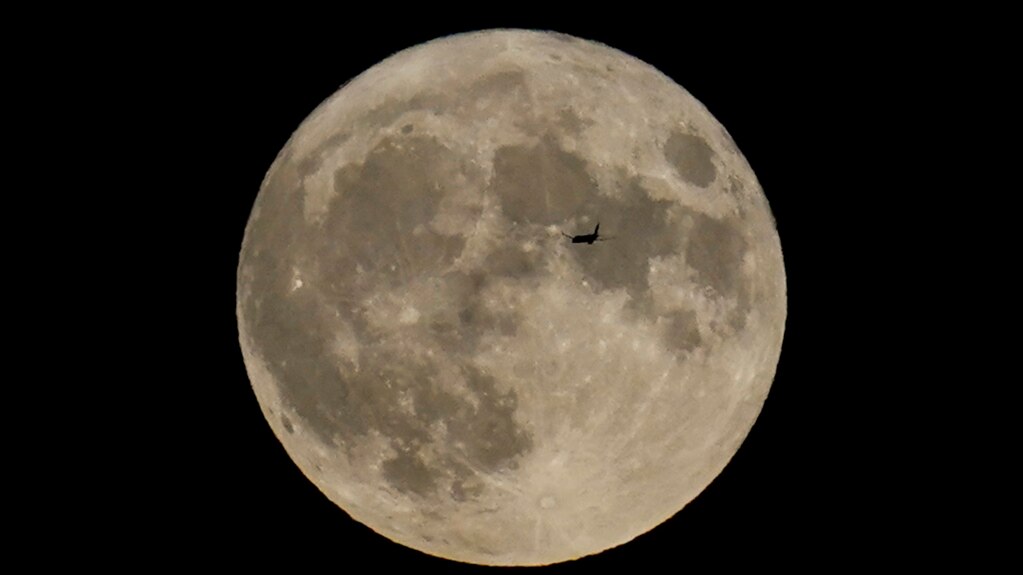Scientists have confirmed a cave on the moon, not far from where Neil Armstrong and Buzz Aldrin landed 55 years ago.
They suspect there are hundreds more that could house future astronauts.
An Italian-led team reported recently that there is evidence of a large cave that can be entered from the deepest known pit on the moon. It is located at the Sea of Tranquility, just 400 kilometers from Apollo 11’s landing site.
The pit, like the more than 200 others discovered there, was created by the collapse of a lava tube.
Researchers examined radar measurements by NASA’s Lunar Reconnaissance Orbiter, and compared the results with lava tubes on Earth. Their findings appeared in the scientific publication Nature Astronomy.
The radar data shows only the beginning part of the underground area, the scientists say. They estimate it is at least 40 meters wide and tens of meters long, probably more.
“Lunar caves have remained a mystery for over 50 years. So it was exciting to be able to finally prove the existence” of one, Leonardo Carrer and Lorenzo Bruzzone of Italy’s University of Trento, wrote in an email.
Most of the pits seem to be in the moon’s ancient lava plains, scientists say. There also could be some at the moon’s south pole, the planned location of NASA’s astronaut landings in the years to come. Permanently shadowed craters there are believed to hold frozen water that could provide drinking water and rocket fuel.
During NASA’s Apollo program, 12 astronauts landed on the moon, beginning with Armstrong and Aldrin on July 20, 1969.
The findings suggest there could be hundreds of pits on the moon and thousands of lava tubes. Such places could serve as a natural shelter for astronauts, protecting them from cosmic rays and solar radiation as well as from very small meteorite strikes. The act of building living areas from nothing would be more difficult and take more time, even when including the possible need of strengthening the cave walls to prevent a collapse, the team said.
Rocks and other material inside these caves — unchanged by the difficult surface conditions over the ages — also can help scientists better understand how the moon evolved, especially in terms of its volcanic activity.
I'm John Russell.

